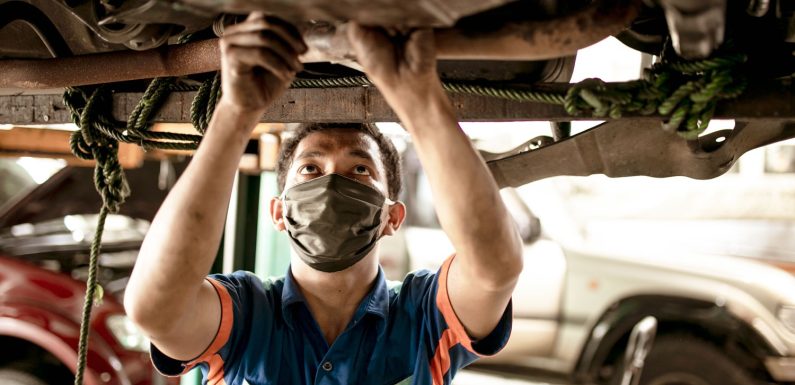
The path of torque is a vital chain in this process. The driveshaft plays a central role in keeping this connection reliable. Without this link the entire system would fail. Smooth movement depends on this crucial component.
The Role of the Driveshaft in Torque Flow
The path of torque begins with the engine and moves to the transmission. After that the torque flows into the driveshaft. From there it continues until it reaches the differential. The final step directs the energy to the wheels. This sequence allows the vehicle to operate properly. Each stage depends on the link that the driveshaft provides.
Material Strength and Design of the Driveshaft
Driveshaft materials must be sturdy. Strength is often provided by metals or sophisticated composites. Each material is chosen for sustained stress and speed. Stronger shafts increase performance under rigorous use. Balance of weight and strength defines design. The shaft should be sturdy but light, say engineers. Torque delivery is accurate due to design precision. Balance and vibration can result from minor defects. Each detail matters in this crucial chain link. Perfection in design ensures reliability.
Maintenance of the Driveshaft for Longevity
Maintenance keeps the torque chain in good health. A neglected shaft can damage other parts of the system. Regular checks reveal early signs of wear. A small crack or worn joint can lead to failure. Timely repair ensures safety and efficiency. Therefore inspection is necessary for reliable performance. Many repair shops offer specialized driveshaft service. For example Auto Repair in Mesa, AZ provides expert evaluation. Skilled technicians know how to detect hidden issues. They replace damaged parts before major problems arise. A simple service routine can extend the life of the shaft. Maintenance is the key to long term stability.
Driveshaft Impact on Overall Vehicle Performance
The driveshaft influences acceleration and handling. Smooth power transfer allows for steady driving control. A damaged shaft reduces efficiency and weakens stability. Strong acceleration depends on a strong torque path. Therefore the condition of the driveshaft shapes the driving experience. The performance of the chain affects the entire system.
The Future of Driveshaft Technology
Advancements in automotive design continue to shape driveshaft technology. Engineers explore lighter yet stronger materials for better efficiency. Modern shafts are designed with higher precision. They reduce energy loss and improve torque transmission. Advanced designs aim to extend lifespan and reduce maintenance needs. This direction benefits both performance and cost efficiency.
Conclusion
The torque path cannot function without the driveshaft. This component ensures power moves from engine to wheels. It balances forces and keeps the chain intact. The shaft design combines strength with efficiency. Maintenance preserves its role in the system. Performance depends on this reliable connection. Future designs will make it even stronger. The driveshaft will remain a vital link in the chain.

